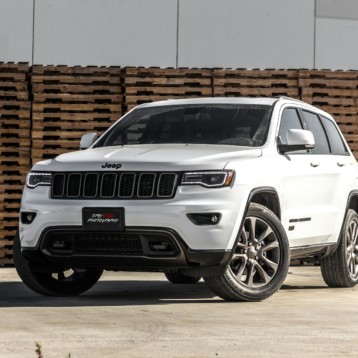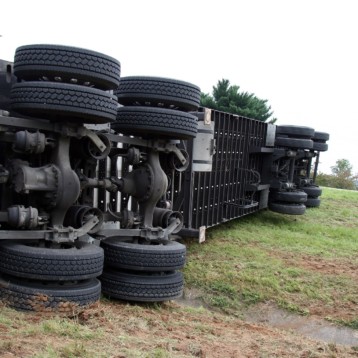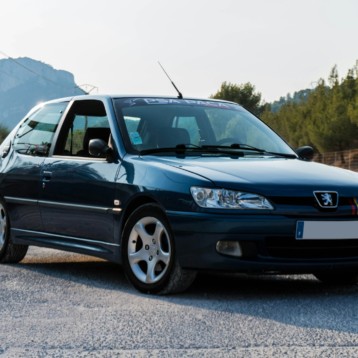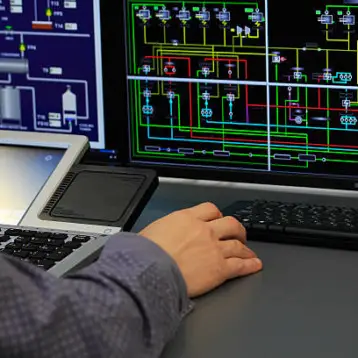|
The MIT team – consisting of eight professors and several students – will collaborate with engineers at several large aeronautics companies, including Pratt & Whitney, Aurora Flight Sciences, Aerodyne Research, and Boeing Phantom Works over the next 18 months to explore and develop concepts that might lead to greener airplanes. These recommendations could then be further explored in the future with an eye toward producing a commercial fleet of new airplanes by 2030.
Professor Edward M. Greitzer, the H.N. Slater Professor of Aeronautics and Astronautics and the director of the Gas Turbine Laboratory at MIT, is the project lead. Greitzer has worked on designing quieter airplanes in the past, most notably as part of the combined Cambridge University-MIT Silent Aircraft Initiative. Much of the current research at the Gas Turbine Laboratory is also devoted to developing quieter engines and quieter air travel. It is unclear how much of this research will benefit the new design initiative or whether this new team will act in concert with the Silent Aircraft Initiative since the two projects have staff overlap, complementary goals, and the same proposed schedule of facilitating new commercial aircraft by 2030.
|
The NASA contract is still in its very earliest stages, but the group is already exploring the pros and cons of a flatter, wider bodied craft designed by Aurora Flight Sciences. Very little is currently known about this design beyond a single mock up picture.
TFOT has reported on other innovative aircraft designs including research into the use of smart materials in aircraft construction, the CarterCopter airplane-helicopter hybrid, a Boeing airplane powered by hydrogen fuel cells, an air-ground hybrid that takes off vertically like a helicopter but flies like an airplane and can drive short distances on the ground like a car, and a do-it-yourself four seater airplane kit.
You can find the MIT article about the NASA contract here. More about the Silent Aircraft Initiative can be found here, and current research at MIT’s Gas Turbine Laboratory can also be found here.












